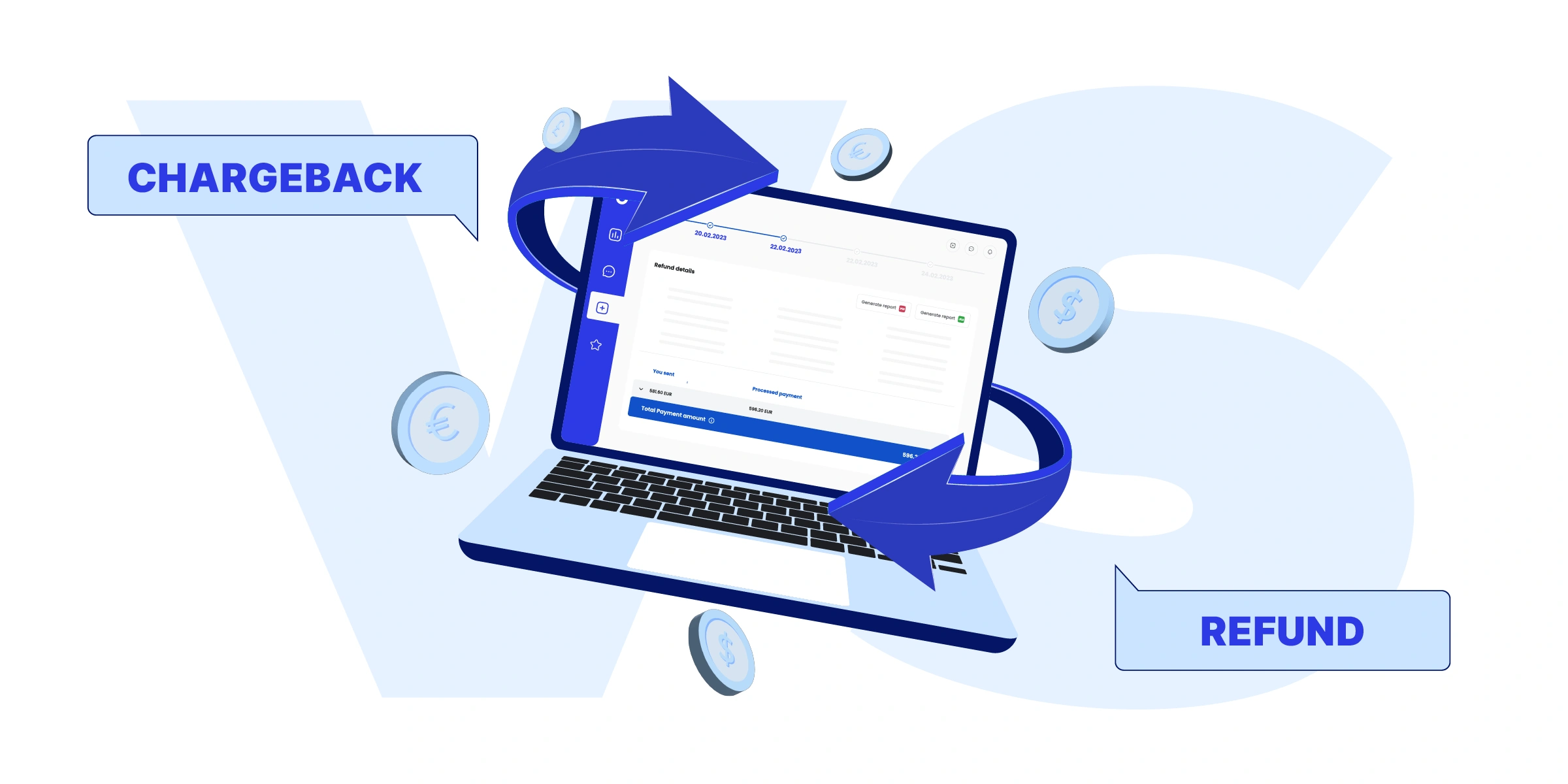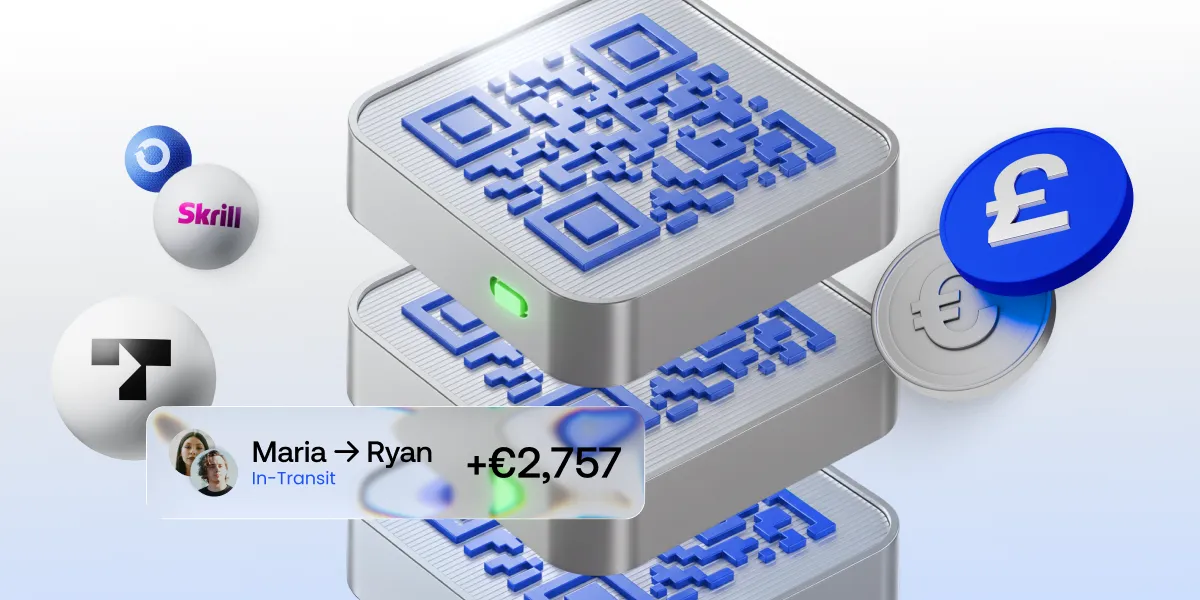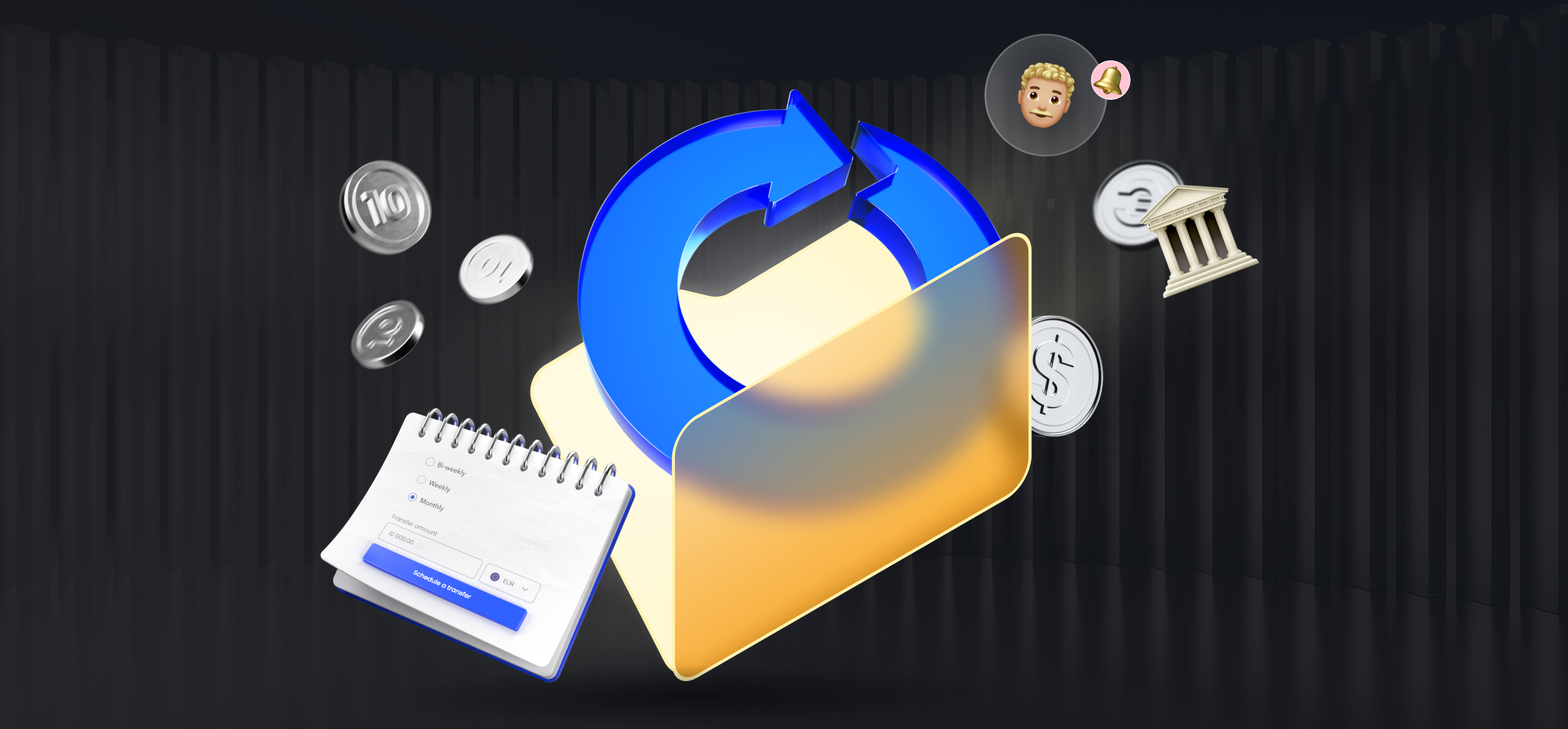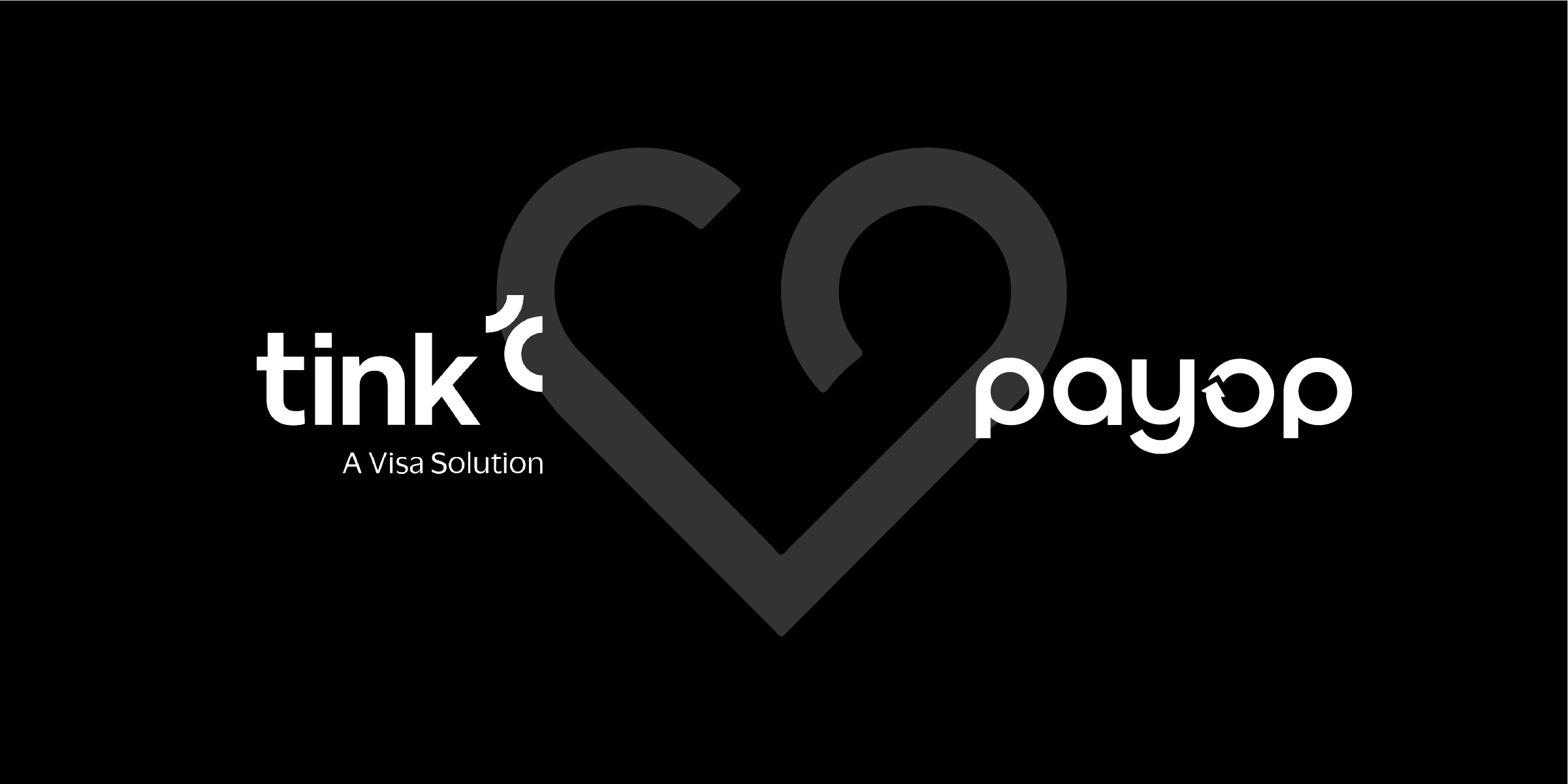Chargeback and refund: What’s the difference?

Customers have two main ways to get their money back for an online purchase – chargeback and refund. Both mean a loss of money for the merchant and can have various negative consequences, so what is the difference? In this article, we will delve into the features of both methods and see if merchants can use them to their advantage.
What is a refund?
A refund is a simple process where a merchant returns money to a buyer after a purchase. This typically happens when a customer is dissatisfied with a product or service, or when the merchant cannot fulfil an order. Refunds can also be offered as part of the return policy, which reduces the risk to the customer and increases the likelihood of a purchase.
Unlike chargebacks, which involve the bank or card issuer, refunds are handled directly by the merchant. When a customer requests a refund, the merchant processes the transaction to return the money to the customer’s account. This is usually done using the same payment method as the original purchase. Refunds are often accompanied by a confirmation email or receipt, providing transparency to the customer.
What is a chargeback?
On the other hand, a chargeback is a process that allows consumers to dispute a transaction on their credit or debit card. It is often used when a payer encounters a problem with a purchase, such as not receiving a product they ordered, receiving it in damaged condition, or discovering an unauthorized charge to their account.
So how does a chargeback work? In the abovementioned situations, instead of directly requesting a refund from the merchant, the customer contacts the bank or card issuer to cancel the transaction. After that, the bank will investigate the dispute to determine its validity. If the bank finds the customer’s claim legitimate, they withdraw the funds from the merchant’s account and credit them back to the customer. This protects consumers from fraudulent or unsatisfactory transactions.
The difference between a chargeback and a refund
Let’s look at the differences between chargebacks and refunds in a simple table:
| Aspect | Chargeback | Refund |
| Process | Involves bank investigation, initiated by customer | Also initiated by the customer, but directly handled by the merchant |
| Reason | Unauthorized transactions, disputes, fraud | Dissatisfaction, returns, order fulfilment |
| Funds handling | Temporarily held by the bank during the investigation | Directly returned to the customer by the merchant |
| Resolution time | Longer due to the investigation process | Generally quicker |
| Documentation | Requires evidence to support the customer’s claim | Just merchant’s policy and communication |
| Revenue loss | Cost of goods + a chargeback fee | Cost of goods |
More information about the chargeback fee ⇒ What is a chargeback fee cost?
Merchant’s perspective: Impact of chargebacks and refunds on business
For merchants, chargebacks and refunds always mean losing money and having consequences for their reputation. From a financial standpoint, chargebacks can be more challenging because not only do they result in lost sales revenue, but they can also incur additional chargeback fees. Merchants can dispute chargebacks, but they must provide evidence, which can be time-consuming and resource-consuming.
Refunds, however, are an essential aspect of customer service. While they may lead to short-term revenue loss, hassle-free refunds can contribute to long-term customer loyalty. Merchants should ensure clear refund policies and efficient refund processes to maintain positive client relationships.
Conclusion
Understanding the difference between chargebacks and refunds is vital in the world of transactions. A chargeback is a mechanism for resolving disputes through the bank, while a refund is a merchant-initiated process that directly returns funds to payers. Chargebacks safeguard consumers against fraudulent transactions, refunds contribute to a positive customer experience.
No one can eliminate disagreements and customer dissatisfaction. However, with Payop’s security standards, you significantly reduce the risk of fraud, protecting your business reputation and revenue from the damage caused by chargebacks.









